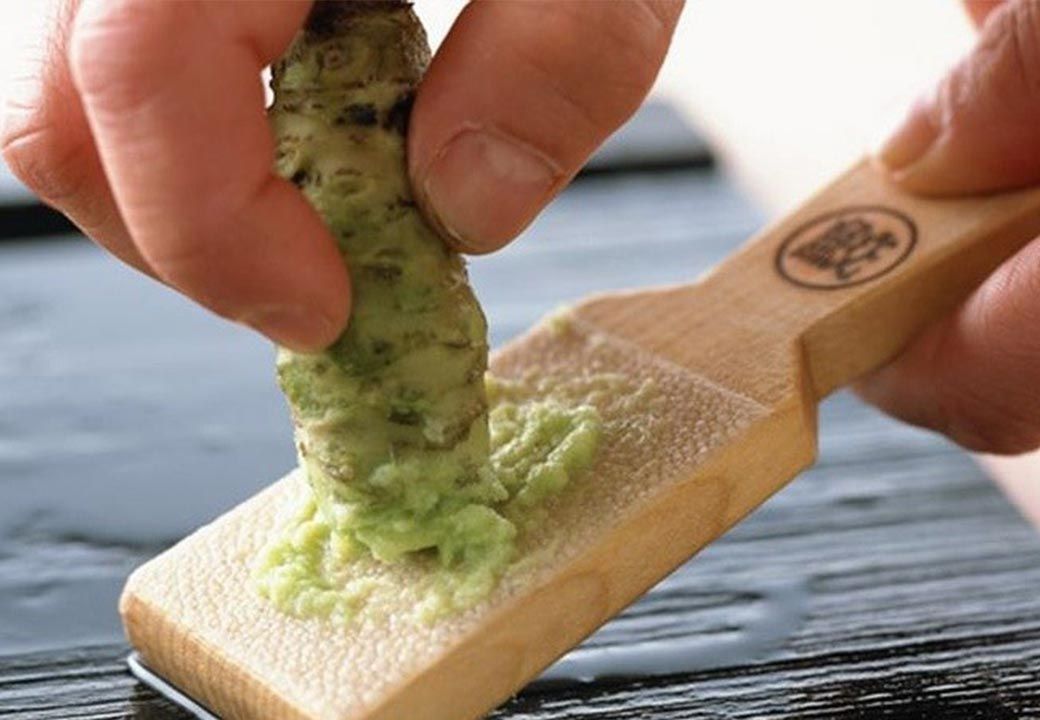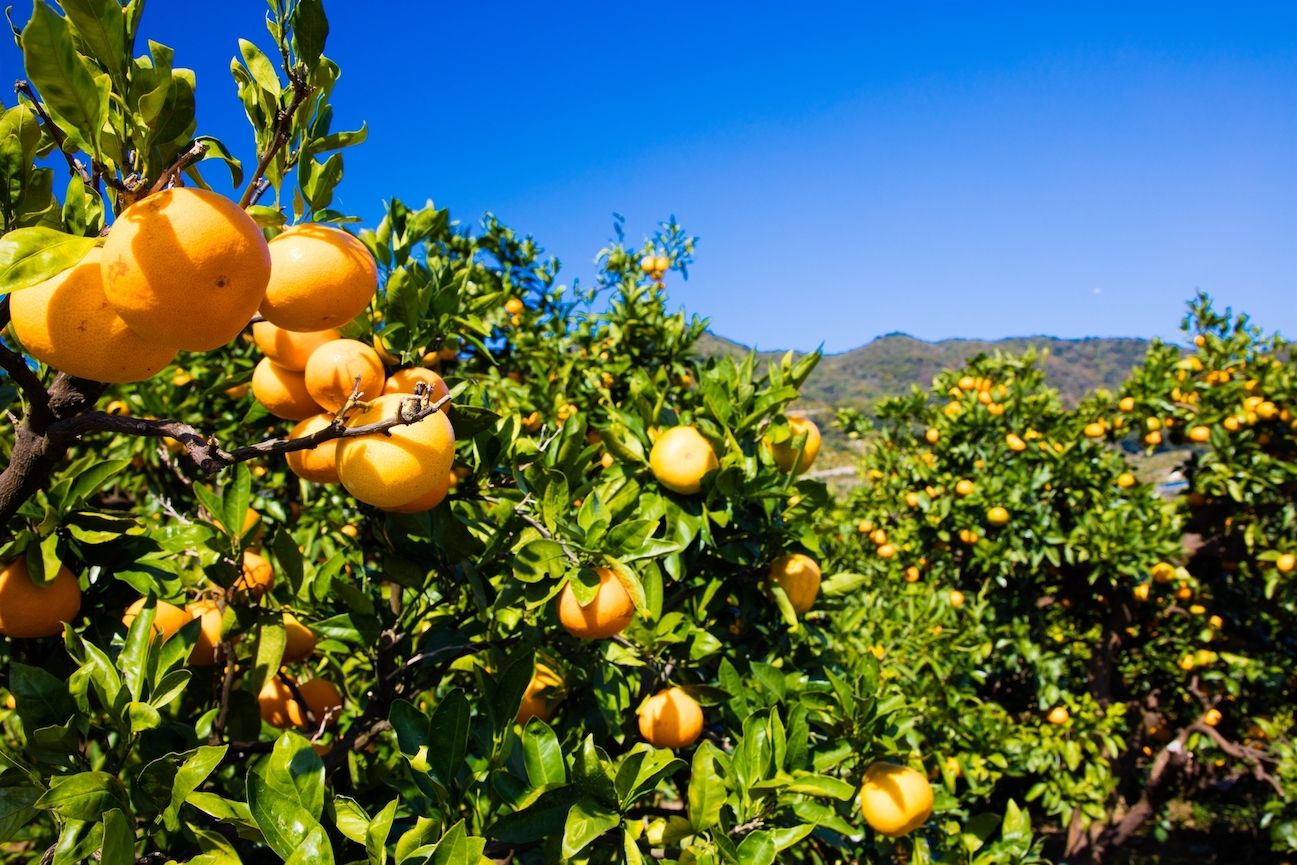
The diversity of Japanese citrus fruits, in season from fall to spring
Citrus fruits, which originated in Southeast Asia, centered on the Assam region of India, made their first appearance in Japan’s history about 1200 years ago, dating back to the mythical era. The “tachibana," recorded in the archaic texts Kojiki and Nihon Shoki as brought back from China as the fruit of immortality and longevity, is believed to be the progenitor of the mikan (mandarin) citrus tree found all over Japan today. Ever since, Japanese citrus fruits have developed in a variety of sizes, shapes, and tastes, winning broad popularity throughout Japan's long history.
At present, over 100 varieties of citrus are recognized in Japan alone. Many of these are used for food, while other varieties are enjoyed in various ways in daily life.
The Satsuma mandarin, one of Japan’s most beloved citrus fruits, can be eaten raw and has a distinctive powerful sweetness, in addition to refreshing fragrance and tartness. More deluxe citrus varieties have appeared recently, such as the juicy, jelly-like Beni Madonna, and high-end citrus fruits never seen before are gaining in popularity. Japan's citrus cultivation is also attracting worldwide attention for its seemingly endless stream of appealing new varieties. Technology to preserve freshness and development of materials for overseas export are also advancing. In Canada, the Satsuma mandarin has gained recognition as a Japanese fruit, popular as a "Christmas orange," and otherwise as a gift. Japanese citrus is also in high demand at high-end supermarkets in Hong Kong, Taiwan, Singapore and other Asian countries, with truly pervasive brand appeal.
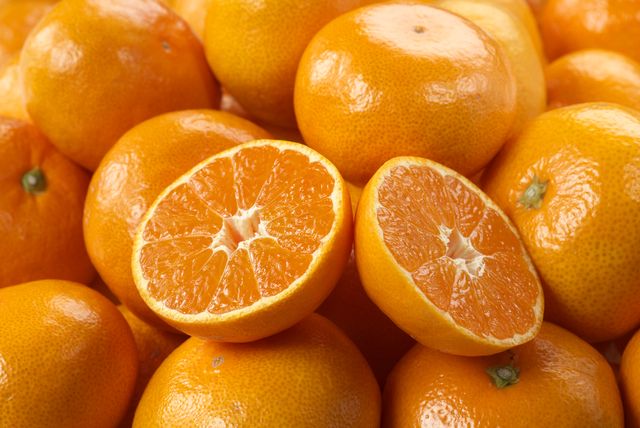
Satsuma mandarin, a leading Japanese citrus fruit. Sweet and juicy, its thin skin makes it easy to peel by hand. It is the most widely produced citrus variety in Japan.
Another interesting feature of the Satsuma mandarin is that its name and flavor both change depending on time of harvest. Those harvested from September to October are called gokuwase, boasting juicy flesh and slightly stronger tartness. Those harvested from late October to December are called wase, and are sweet with milder tartness. Those harvested from late November to late December are called nakate, and are powerfully sweet with less tartness. Those harvested from late December to March are called okute, and are richly sweet with moderate tartness. These seasonal changes are another reason why Japanese citrus can be enjoyed in such a wide variety of flavors.
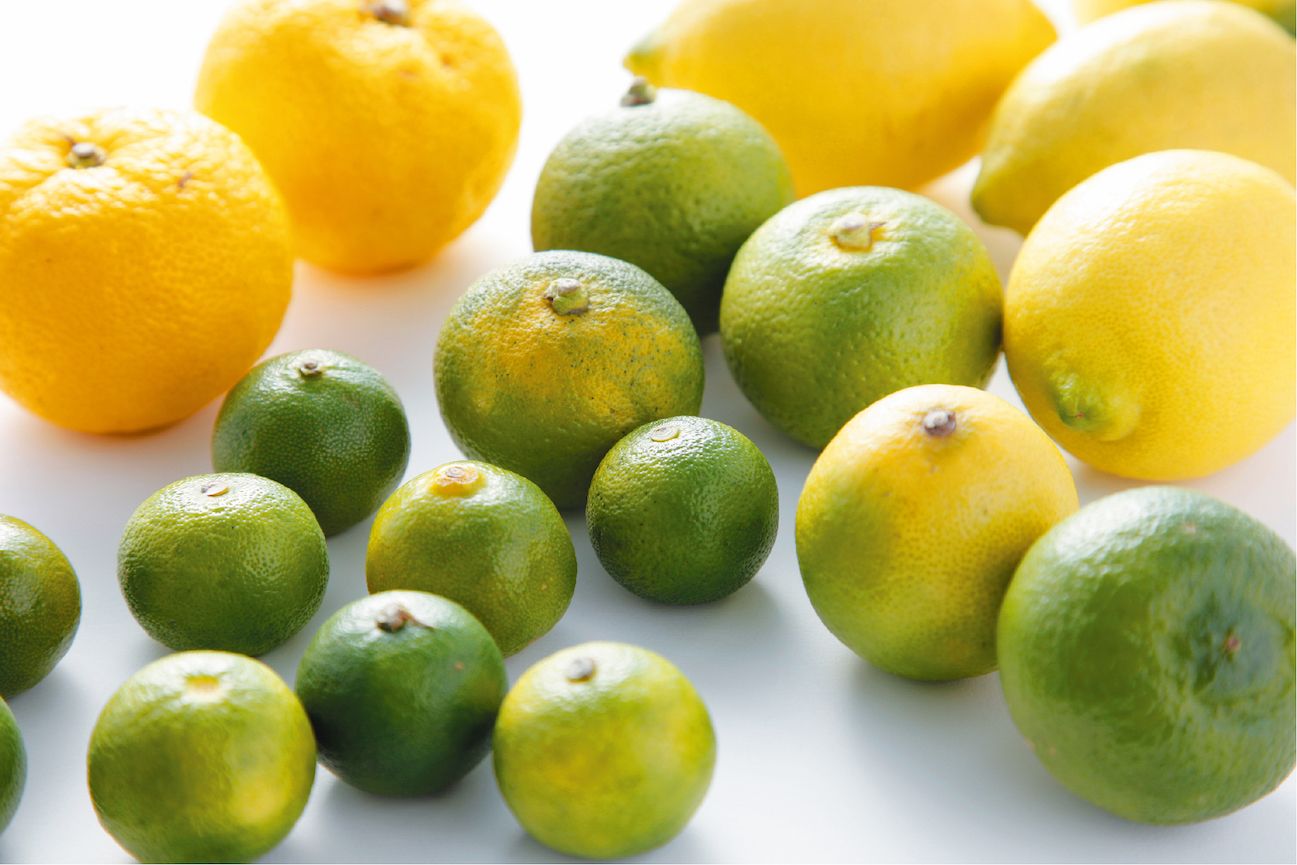
Kabosu, shikuwasa, daidai bitter orange, and more — all varieties of aromatic citrus with refreshing aroma and rich flavor. The squeezed juice and zested rind are also used as condiments or seasonings. Photo is from the Ministry of Agriculture, Forestry and Fisheries PR magazine “aff”, January 2017 issue.
Among the citrus fruits unique to Japan, aromatic citrus fruits play an undeniably important role. Unsuitable for eating raw, these citrus fruits—including yuzu, kabosu, sudachi, and more—usually have powerful acidity and are enjoyed more for their aromatic fragrance. They are often used in Japanese cuisine, generally as condiments or seasonings. Typically, the citrus juice is squeezed onto grilled fish or into soup or the zest is added to give food a sharp, refreshing aroma, accentuating the flavors. Aromatic citrus fruits are produced all over Japan, but principally in Kyushu and Shikoku, and the size of the fruit, the mildness of the acidity, and the fragrance can all differ markedly.
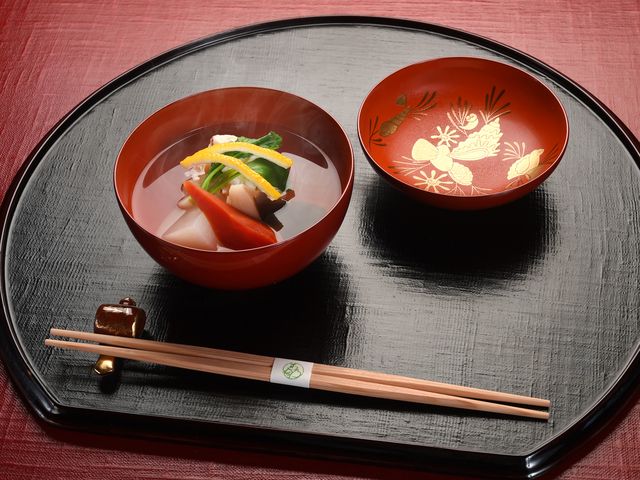
Yuzu, often used in Japanese food, adds subtle flavor when zested over simmered dishes.
Yuzu, perhaps Japan’s most prominent aromatic citrus variety, has a wide variety of uses and has won attention not only in Japan but also internationally. Particularly in Europe, it is added to sauces for French meat and fish dishes to add unique acidity and aroma, mixed into salad dressings, and features in desserts such as macaroons, cakes, or chocolates made with yuzu zest or juice. Yuzu has a characteristically sharp, slightly bitter taste. Mixed simply with carbonated water, it becomes a refreshing, appealing drink.
It is also customary in Japan to float whole yuzu fruit or yuzu peel in a hot bath during the winter, its season of harvest. The resulting “yuzu bath” has long been known to promote blood circulation and warm up the body. The unique fragrance of yuzu has a powerful relaxing effect, and it is often used as an aromatic oil. Yuzu offers a great deal of potential in terms of its soothing, healing power.
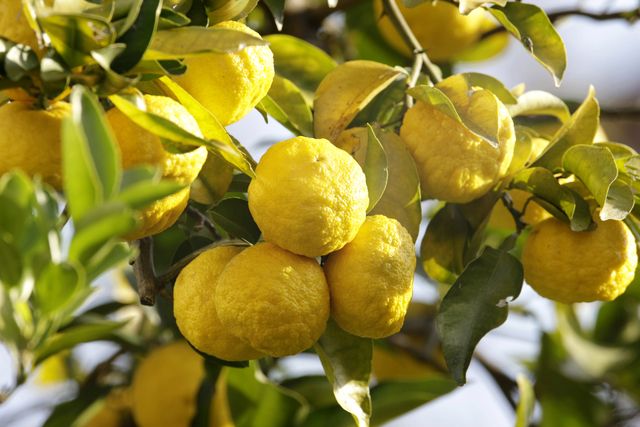
Kochi and Tokushima prefectures are major production areas for yuzu citrus. Citrus is widely used in Japanese food, but also sees diverse use overseas. With their soothing scent and vitamins known to promote beauty, citrus fruits are also widely used in lotions, bath salts, and so on.
How was such diversification of Japanese citrus fruits achieved? The reason is closely related to Japan's abundant four seasons and warm climate. In Japan, the year is divided into four seasons—spring, summer, fall, and winter—and for agricultural produce such as fruits and vegetables, every product has a season in which it is considered most delicious. Citrus fruits, which prefer warmer, sunny environments, are cultivated in western Japan and on the Pacific coast. Most citrus varieties, which put out white blossoms in spring, bear green fruit during the harsh summer months, and grow plump and juicy from fall into winter, their peel turning bright orange or yellow as they reach the harvest season, are in season from fall to spring (November to March). Along with the simple joys of the four seasons, the real thrill of Japanese citrus fruits lies in enjoying all the variations and flavors as they come into season.
References: Japan Fruit Road website, Ministry of Agriculture, Forestry and Fisheries PR magazine "aff" (January 2017 issue)
Photographs supplied by: amanaimages, Ministry of Agriculture, Forestry and Fisheries PR magazine “aff”
Text: Eri Arimoto
[In season]
Seasonal produce such as vegetables, fruits, and seafood is said to be “in season" (shun, in Japanese) during its prime time. Ingredients cultivated in season in Japan’s rich natural setting are said to be the most delicious, impart more nutrition than in other seasons, and offer more mature flavor. Since products are often sold at market in a fresh state, Japan’s tables are usually full of seasonal produce for every season. When in season, many ingredients are known to have powerful effects upon the human body, such as cooling the body in summer or warming it in winter. In recent years, greenhouse-grown Satsuma mandarins have become commonly available in stores throughout the year, but eating food harvested at the original time of harvest is known to be important for keeping our bodies healthy.




